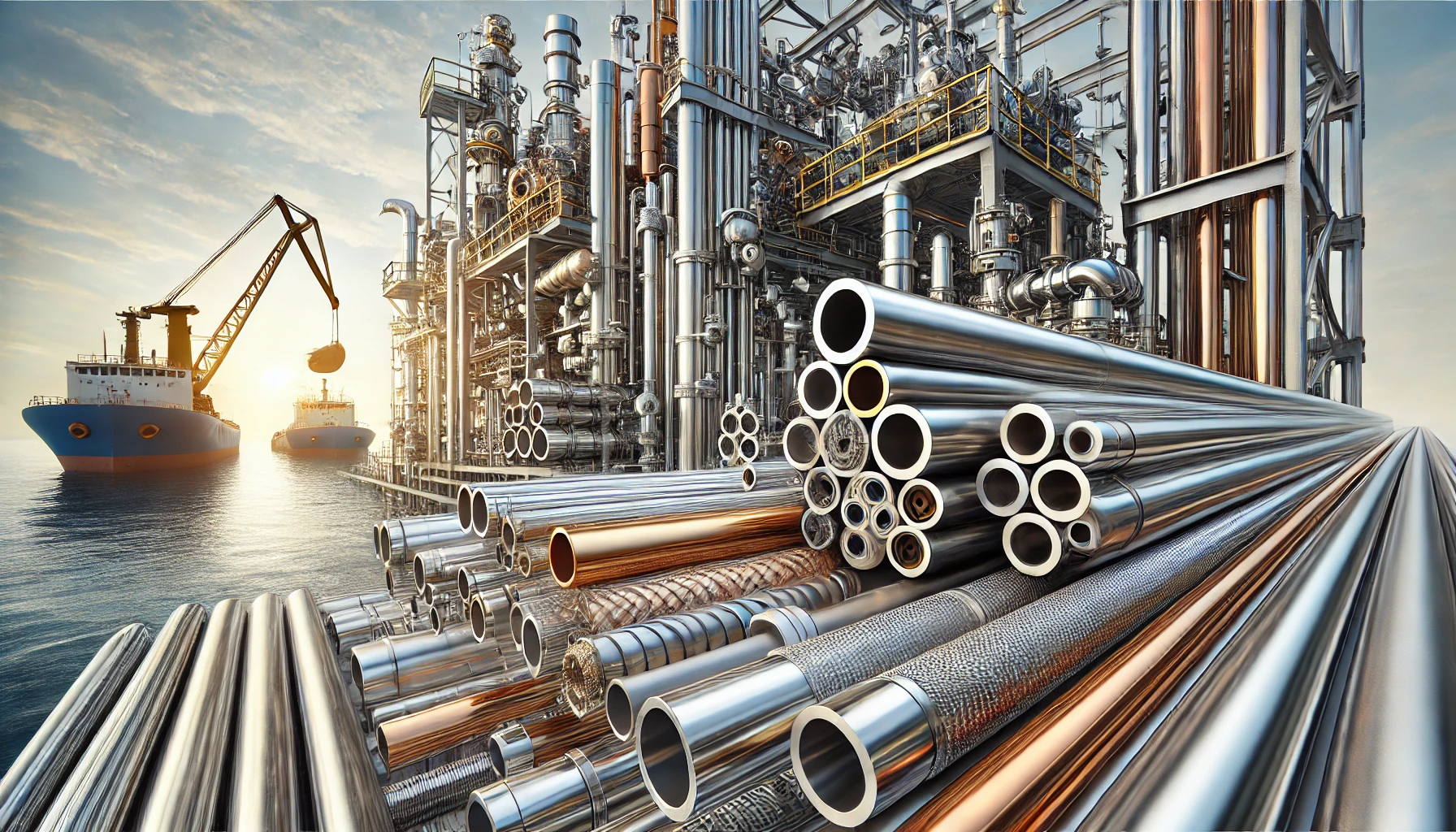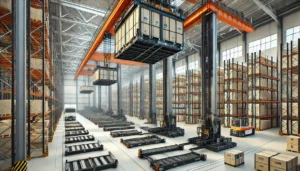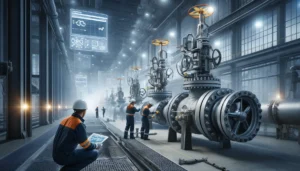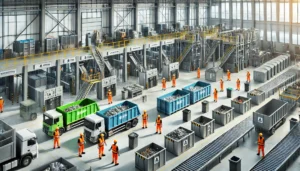Piping systems are one of the most important parts of a process plant as they ensure the effective and safe transfer of raw materials, intermediates and finished products. However, having the knowledge of pipe class and piping specifications is very important such that these systems can be designed, selected and maintained in the most optimal manner. This article seeks to delve deeper into the concepts of pipe class and piping specifications within the industrial context.
What is a Pipe?
A pipe is said to be closed pressure-containing circular hollow cross section which enables the flow of liquids, gases, and in certain cases, solids as well in a piping system. In particular, pipes are very important in industries such as oil and gas, petrochemicals and refining, where the safe and efficient movement of materials is absolutely critical. They are designed to operate under certain maximum pressures and temperatures, certain level of corrosion protection and hence are the most important part of any industrial plant.
Classification of Pipes
Pipes and their various types are best understood by looking into their various aspects like the processes involved in their making which then subsequently aids to their efficiency, use and also their pricing.
Seamless Pipes
Seamless pipes are those which are made with no welded joint, thus making it possible for uniform strength to be maintained all though the length of the pipe. Due to the strain free structures created during the formation, seamless pipes are suitable for fittings that require small and medium diameters, as well as high pressure and high temperature zones.
Welded Pipes
To develop welded pipes, sheets or coils are rolled into closed bodies before joining the edges, popular for large diameter pipes. These pipes are suitable for low to moderate pressure applications. There are various welding processes through which welded pipes are manufactured and they include,
SAW (Submerged Arc Welding): These are either straight seam or spiral seam pipes filled with a certain filler material.
ERW (Electric Resistance Welding): This method employs no filler to develop a weld and is thus inexpensive and appropriate for pipes of medium diameters.
EFW (Electric Fusion Welding): This method of welding is similar to ERW but instead uses an electric arc to carry out the welding, ensuring much stronger joints which are able to withstand greater pressure.
HFW (High-Frequency Welding): This is a much more advanced form of the ERW and allows for bigger diameters to be made for the automotive and energy sectors.
What is pipe class?
A piping class is a construction document that specifies the construction materials and the components necessary within the operational conditions of a piping system. It allows engineers and operators to construct or operate a piping system knowing the safety, operation and service life of the components incorporated.
Key elements included in a pipe class are:
Pipe Type and Material: Specifies the composition of the pipe whether it is seamless or welded or conforming to a certain standard such as ASTM or ASME pipes.
Schedule and Thickness: Determines the structural wall thickness required in relation to the pressure and temperature prevailing during operations.
Flange Ratings: Determines the size and capacity of pressure and temperature for flanges (e.g. class 150,class 300).
Valve and Fitting Types: Identification of valve types e.g. gate, ball and globe and also of the fittings e.g. elbows, tees, reducers.
Gasket and Trim Materials: Achieve seal and trim atleast suitable process fluids and environment compatibility.
How do they classify different classes of pipes?
Class of pipes are decided on three broad criteria:
Operating Pressure: Increased forces will mean larger or tougher walled pipes to be able to prevent failure.
Operating Temperature: High temperature will need materials that will have mechanical properties with no softness.
Corrosive Environment: If fluids are left to flow into pipes that are lined showers or steam pipes or with incomel metals and steels the likelihood of corrosion is reduced.
Unless all these conditions are specified, sets out the exact needs, usage, and demand for each class of pipe have got to be, and so does safety, efficiency, and reliability.
Significance of Pipe Class in Process and Power Piping
Describing pipe classes and above specifications has a great importance for the industrial piping system functioning without hitches. Benefits include:
Standardisation – Standardisation ensures that the piping systems are uniform and makes ordering and maintenance of the systems easier.
Safety – The material mismatch is avoided and hence materials are abundant on failure mode needs to be averted.
Efficiency – Reduces the trial and error to the minimum by offering comprehensible instructions on material needed and assembly operations.
Cost-Effective – Minimizing of costs by not having needlessly high specifications and so on.
Conclusion
In order to avoid critical flaws, pipe class and piping specifications are mandatory tools when designing generally reliable and efficient industrial piping systems. They are also very useful in developing materials and components schedules that are in line with particular requirements of the process in question. At Induskart, we provide all types of pipes and piping elements meeting or even exceeding all industry requirements and purposes. Be it high – pressure refinery or low – temperature petrochemical plants, we can guarantee that your piping systems are secure, reliable, and economical.










